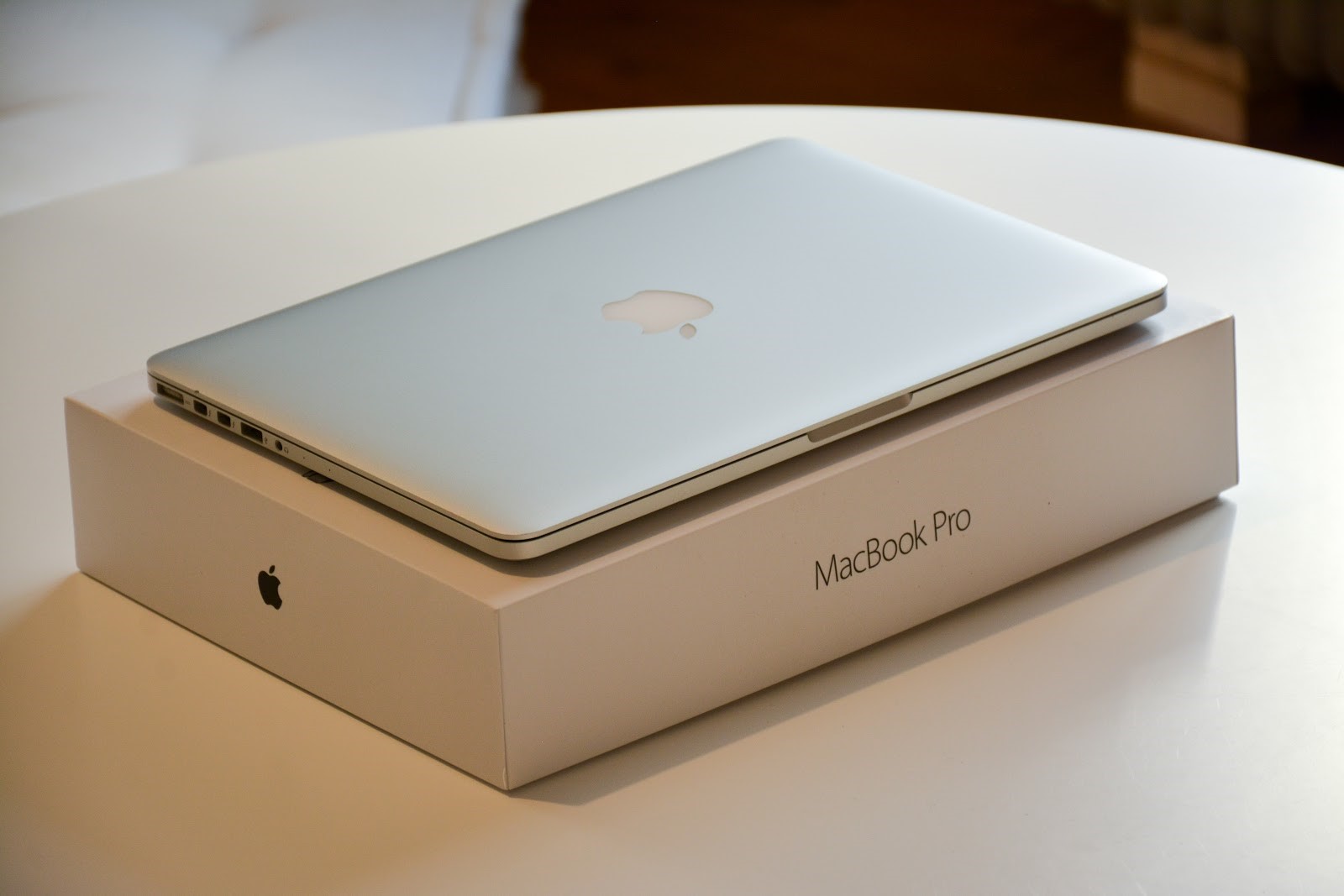The internet has changed a lot of things; some for the better and others for the worst. Everything that we use in our homes, from mobile devices to the Internet of Thing (IoT) products, rely on the internet. The extensive use of these products have the potential to erode our privacy. When it comes to privacy, it is under attack from all sides. Whether we realize it or not, hackers are always trying to gain information about us so that they can control our lives. In order to make your devices, online identity, and everything that you do online more secure, you have to follow a few things. In this article, I am going to highlight five cybersecurity tips that you need to know.
With the rising digital insecurity in 2020, it is necessary to use the best anti-malware software or seek an alternative. Here’s the reason:
The onset of the fourth industrial revolution has seen work and other business activities switch operations to the online market. Sadly, most of these tech consumers have little knowledge of ‘staying safe online’.
Hackers and other malware developers are taking this advantage to promote cyberbullying, online scams, and other sorts of crimes. You need enlightenment to evade such threats. A typical solution is to use an anti-malware. However, there’s a catch:
As anti-malware companies seek to secure their customers, developers of malware up their game to override the security systems.
Does this mean anti-malware technology is dead or alive? Are you helpless? No. Here are options of anti-malware to give a try. Check which one anti-malware software is the best, and to make it simpler to settle for a particular anti-malware, read on to find out the ranking parameters.
Norton is the best anti-malware software in 2020 because it has the most updated security and best user experience. What are its features? What are its alternatives? Let’s take a deep dive below.
We live in the age of cyberspace, and every day each of us is faced with the need to use information technology. The human online presence is boundless, starting from posting personal data on social networks, making online payments, and downloading new software. Thus, our smartphones and PCs contain a lot of information about us. And we become much more vulnerable to attackers online than in real life. Cybersecurity is one of the key aspects of life in the information era. All electronic information, services, and devices require protection and compliance with certain security rules. But users rarely use reliable anti-virus software or specialized solutions to protect against DDoS attacks and ignore security settings. What can be the outcome and how to avoid potential hazards?
Do you run a B2B business with an active online presence? If so, then you must be concerned about your cybersecurity and data protection practices. Unless you do that, security breaches such as supply chain attacks, ransomware, man-in-the-middle attacks, and phishing attacks could ruin your market reputation. B2B businesses thrive on customer retention, and therefore endangering customer data by not investing in the right security measures could sabotage your business.
There are two things you need to watch out for — on-premise security measures and in-transit security measures when it comes to cybersecurity. For a minute, let us assume that you and your clients have all the on-premise security essentials in place, including updated software, firewall, antivirus, etc.…
In that case, your only concern should be the in-transit data. This can very well be taken care of with an SSL certificate. Now, if you are thinking of buying a cheap SSL certificate, then you probably don’t know much about this technology, so let’s begin with that.
You are bound to run into Macbook performance problems. And when that time comes, the computer becomes more prone to cybersecurity threats on top of performance issues, such as stuttering and crashing.
It is important to ensure that your Mac is in the best possible shape for as long as possible. You need to create a maintenance routine and stick to it. Doing so would help to avoid potential risks. After all, even a very small problem can evolve into something you will not be able to manage.
The ways you can take better care of the Macbook are mentioned below. Implement them in your strategy and stick to that maintenance routine.
While the offensive-defensive strategies for vulnerable networks and data protection run in a never-ending cycle, the complexity and volume of cyberattacks still increased. Although traditional cybersecurity measures are still imperative to fight these cyberattacks, there is a growing need to combine the strength of artificial intelligence security to defend vulnerable networks and data from cyber attackers.
In a recent report by antivirus company, Norton, it states that the global cost of data breach recovery is USD 3.86 million. Additional reports show that it takes up to 196 days for an organization to recover from any data security breach. These statistics show the increasing need for companies to use AI security to avoid both financial losses and waste of time.
Whereas Apple computer infections show a growing trend, users can fall victim to other cyber-attacks that involve phishing and may lead to identity theft, financial losses, and other serious issues. Phishing is one of the dominating forms of today’s online attacks. With social engineering at its core, it mainly relies on booby-trapped links, typically arriving with emails, to hoodwink recipients into disclosing their personal information to fraudsters.
The particularly unnerving thing is that phishing kits available on darknet sources can be easily accessed by individuals who don’t have a solid programming background. It means that even people with basic computer skills may zero in on you.
Machine learning and artificial intelligence are changing the way that businesses operate. Whether it’s on the factory floor or in back-end IT, automated services and machines are increasing speed and productivity all while freeing up workers to focus on tasks which require a totally different set of skills.
Alongside this, we are seeing the role of AI in cyber security increase as well as the number of artificial intelligence security tools being used too. This is all because AI is trained to learn, develop and grow using the data it is provided with. Essentially, an AI system is constantly in a state of change and improvement. In an environment where hackers and security threats are everywhere and constantly looking for a way into a system, protecting company data has never had such a high priority. With this in mind, it’s important to understand exactly what is AI in cyber security and just how is AI in security being implemented?
Medical IoT devices operate in care facility environments that encompass care giving, case management, customer service, and clinic management. As such, the risk of data gathered and managed by medical devices extends beyond the device itself. A compromise of clinic management services can propagate to IoT device command and control, allowing compromise of devices in attacks that do not directly touch the device at all. This is clearly the major driver for the emerging category of “Medical IoT (IoMT) Cyber Security ”
A large hospital for examples could be home to as many as 85,000 connected devices. While each of these devices has a significant role in the delivery of care and operational efficiency, each connected device also opens the door to a malicious cyberattack. A recent report from Irdeto, found that 82 percent of healthcare organizations’ IoT devices have been targeted with a cyberattack within the last year.
Going over the players in this industry, it is clear that the Medical IoT security category includes a number of different approaches with the common target to provide the customer with a clear assets discovery and timely alerting on security breaches and attacks on its Medical environment.
Although many large security players are addressing this niche too, CyberDB identified a number of emerging players that are focusing on this industry and as such we expect them to benefit from the growth in this market. These players are (in alphabetical order):
While it may be true that nobody can predict the future, when it comes to cybersecurity you can give it a good go. By looking at the security developments that we have witnessed over the past few years, it is perfectly possible to forecast what is likely to happen in the near future.
Plus, with 2020 just around the corner, now is the time to do exactly that. Staying ahead of the game and doing all you can to avoid the risk of a cyber-attack is vital; and what better way is there to do just that than by preparing yourself in advance.
From the rise of 5G to the implementation of AI, here are five cybersecurity predictions for the coming year.












